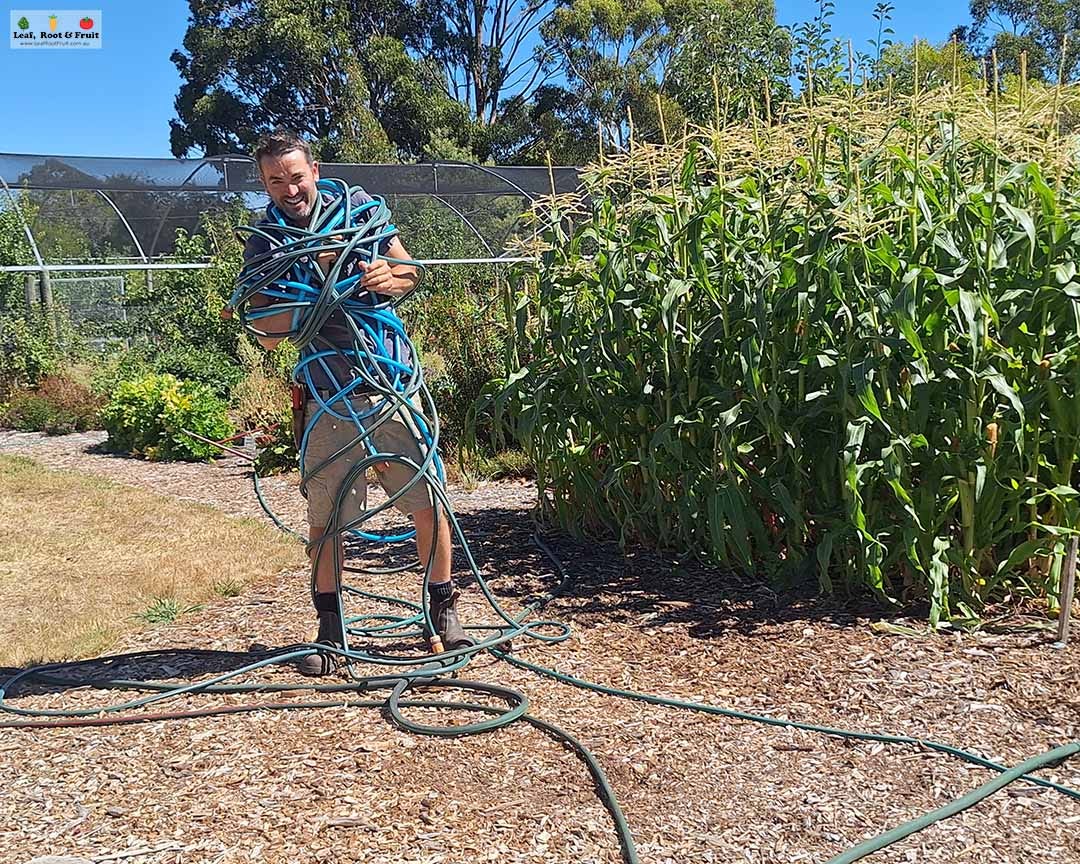Wow – where did last week go? I didn’t get much admin work done. I didn’t spend any time working in the garden. I did zero garden consults or anything work related really. But somehow the week flew by. I’d love to say I spent it lounging on the beach, or reading books, but I didn’t even do that. It just vanished into a black hole of nothingness.
Oh wait,…




